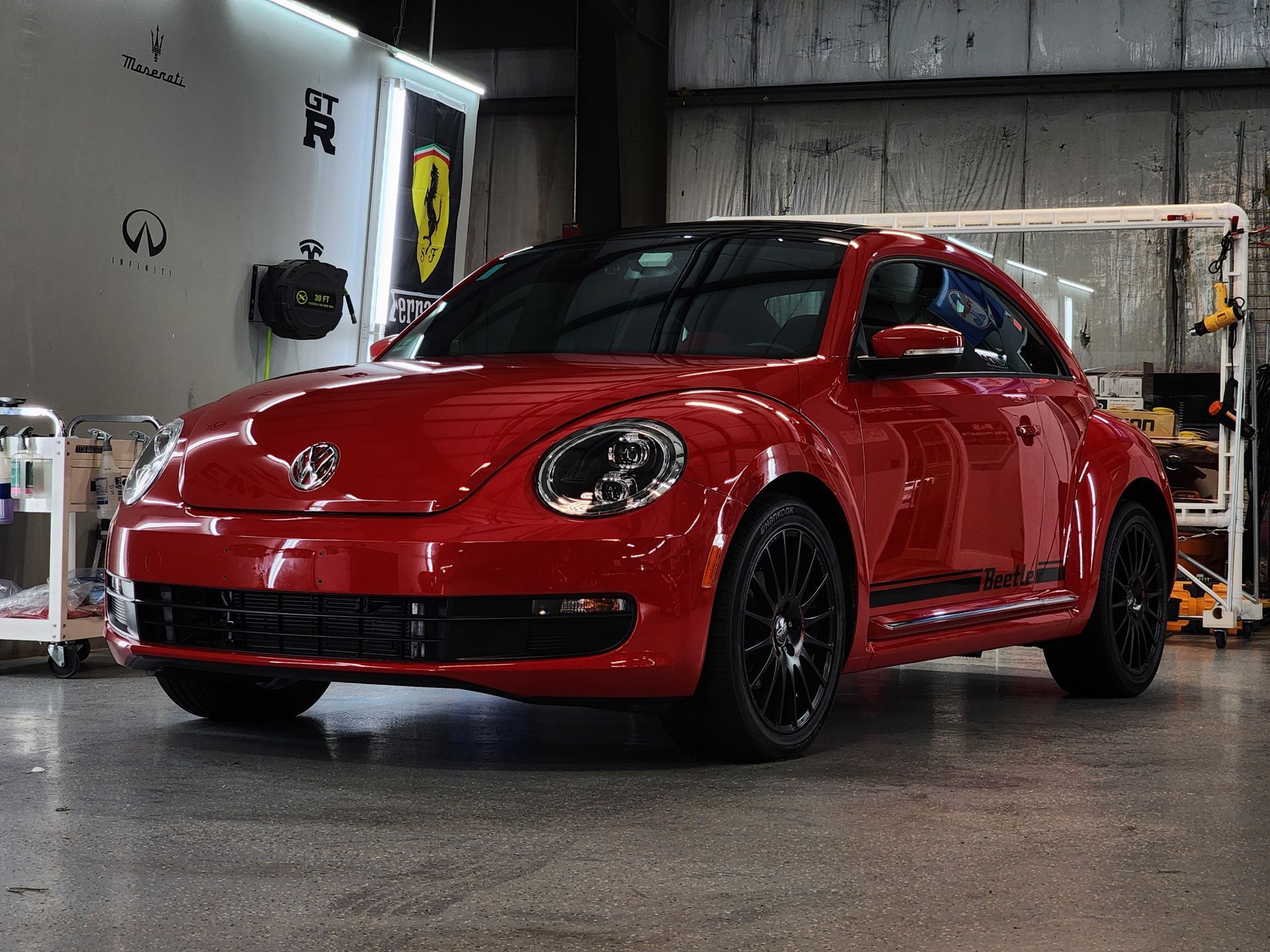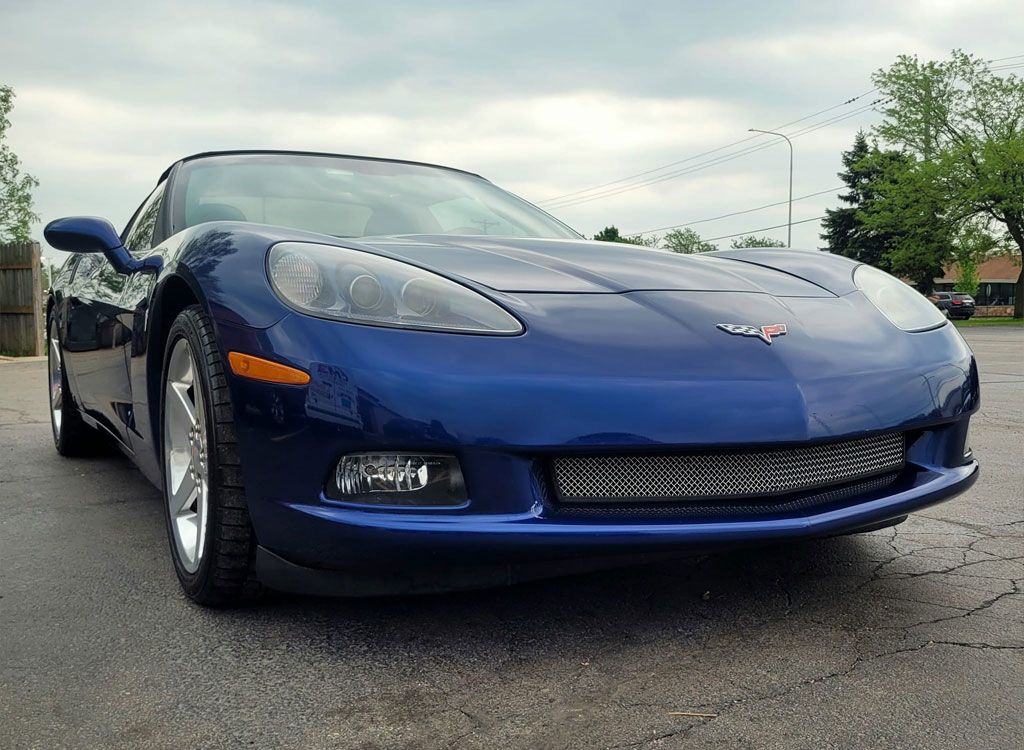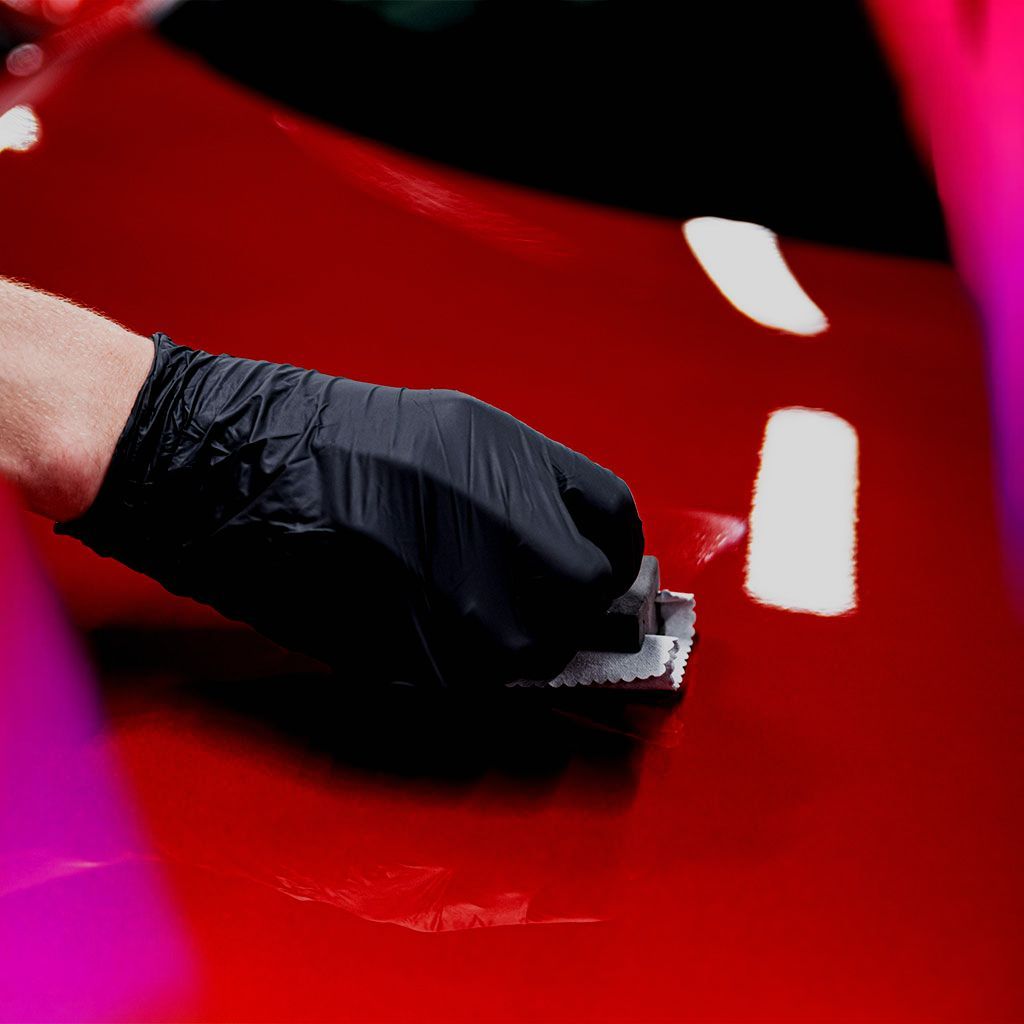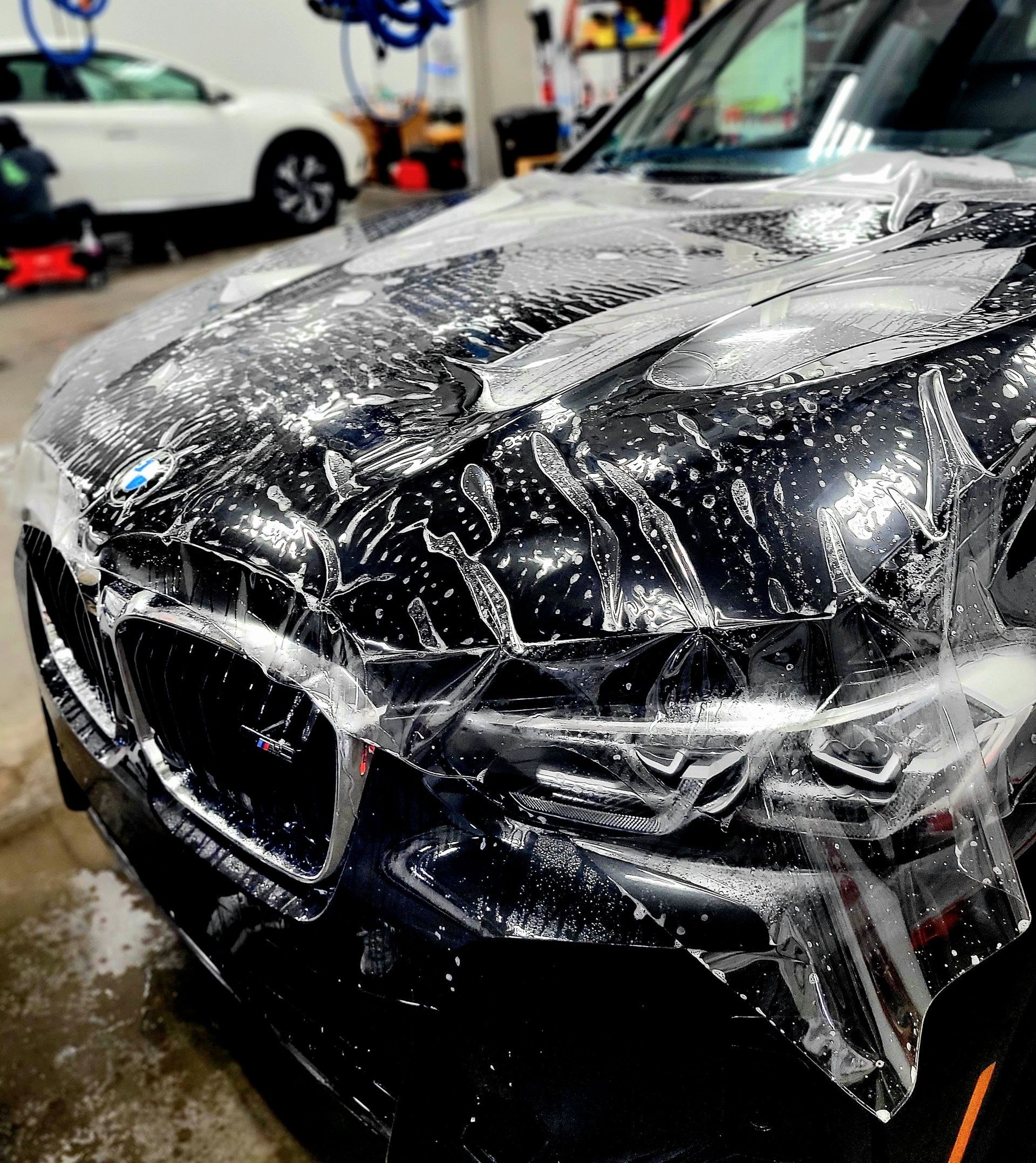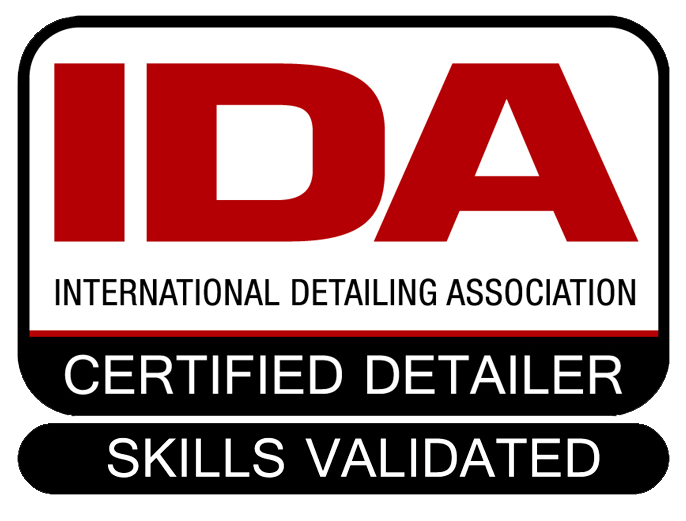How Professionals Perfect Ceramic Coating: Step-by-Step Techniques and Tips
Ceramic coating has become a popular way to keep cars looking sharp while protecting their paint from everyday wear. But applying it isn't as simple as slapping on some liquid and calling it a day. Professionals know that getting a perfect finish takes careful steps, the right tools, and plenty of patience. This article breaks down those steps clearly so you can understand how experts achieve that durable, glossy look and why rushing through it just won't cut it. Professionals perfect ceramic coating by meticulously preparing the vehicle's surface through thorough washing, clay barring, and polishing to remove any imperfections before application. They apply the coating evenly using specialized applicators in controlled environments, allow proper curing time (typically 24 to 48 hours), and follow up with careful post-application maintenance to ensure long-lasting durability and gloss.
The Basics of Ceramic Coating
Ceramic coating is essentially a liquid polymer, primarily composed of silicon dioxide (SiO₂), that bonds on a molecular level with your car's factory paint. Unlike wax or traditional sealants, this coating creates a semi-permanent shield rather than just sitting on top of the paint. This bond transforms your vehicle's surface into something much more resilient, making it tougher and far less prone to collecting stubborn dirt or water spots. When we say hydrophobic, we mean that the coated surface actively repels water. Instead of beads clinging loosely, water forms almost perfect spheres that slide right off, carrying dust and grime along with them. This effect not only makes cleaning easier but also helps prevent long-term damage from mineral deposits, bird droppings, or tree sap that might otherwise etch into the clear coat. Because the coating chemically integrates with the paint, these properties don't wash away after a single rainstorm or car wash. They persist for months, even years, depending on product quality and care.
Another vital point is durability. Where traditional waxes might last only weeks, sometimes just days, ceramic coatings adhere to the paint in layers roughly 1 to 3 microns thick and can remain effective for up to five years under professional application standards. This longevity stems from both the thickness and chemical hardness of the coating, which provides far superior protection compared to normal automotive clear coats. Achieving this level of protection demands meticulous preparation. The car must be impeccably clean, free from oils, residues, and any imperfections, because any flaw trapped beneath the coating will be locked in. Pros advocate thorough washing, claying to remove bonded contaminants, and polishing to restore clarity before any ceramic application. Many DIYers underestimate this step, resulting in uneven finishes or hazing that diminish both appearance and durability.
Once applied correctly, ceramic coatings not only enhance gloss, giving your vehicle that deep, wet-look shine, but they also add chemical resistance. This makes your paint more tolerant against acids in bird droppings or harsh environmental pollutants that normally degrade clear coats over time. However, these benefits depend heavily on proper curing conditions. Coatings typically require at least 24 hours in a dust-free environment without moisture exposure for optimal bonding, with full hardness developing over two to three weeks. Safety considerations should never be overlooked. Because many formulations involve concentrated chemicals, particularly during application, wearing gloves and working outdoors or in well-ventilated areas is essential to avoid irritation.
Surface Preparation Techniques
Preparing your car's surface is arguably the most crucial part of applying ceramic coating. If any dirt, oils, or imperfections remain, they'll become locked beneath the coating, diminishing its protective qualities and aesthetic appeal. This is why professionals treat surface prep not as a quick chore but as a meticulous ritual requiring patience, precision, and thoroughness. It all begins with thorough cleaning. The goal here is to remove loose dirt and grime without stripping existing protection layers unnecessarily. Using a foam cannon filled with pH-balanced car wash soap helps break down stubborn grease while remaining gentle on the paintwork. Following this with a two-bucket wash method, one bucket for soap solution and another for clean rinse water, prevents cross-contaminating the paint with dirt from your mitt or sponge.
However clean the surface looks at this point, deep contaminants still cling invisibly within the pores of your paint. Clay bar treatment remains an industry standard for extracting bonded impurities like rail dust, the microscopic metallic particles that degrade surface clarity if left untreated. By gently gliding a lubricated clay bar over small sections of paint, these contaminants lift free without damaging the clear coat beneath. After decontamination, it's time for polishing and buffing. Polishing isn't just about aesthetics; it corrects surface imperfections and restores the paint to its optimal condition. A smooth paint finish allows ceramic coatings to bond evenly and securely, enhancing durability and gloss dramatically. Professionals rely on dual-action polishers paired with appropriate cutting compounds to bring out this flawless canvas effect without risking clear coat damage. To wrap up this preparatory phase, wiping down your car's surface with an isopropyl alcohol solution, a 10 to 15 percent blend, removes leftover oils or polishing residue that water alone won't capture. This critical step ensures zero contamination remains to interfere with your coating's molecular bonding during application.
Best Tools and Materials
When it comes to ceramic coating, your outcome depends heavily on using professional-grade tools that ensure precision and prevent damage. Microfiber towels are specially designed to be ultra-soft yet durable, preventing even the tiniest mark that might mar the flawless look you're aiming for. These towels are indispensable both during application and the buffing phase. Applicator pads, seemingly simple foam or suede pads, are crafted to spread the coating evenly across the paintwork. Professionals never rush this part because uneven application leads to blotchy spots or streaks. The texture and flexibility of these pads matter: too soft, and you struggle with control; too firm, and you risk applying excessive pressure.
A polishing machine is often overlooked by DIYers but is crucial in the prep stage. Polishing machines remove fine imperfections and oxidation that ordinary washing cannot fix. This step ensures a mirror-like surface, which allows the ceramic coating to bond chemically with the paint, creating that signature hydrophobic and glossy effect. Infrared curing lamps have become a prized tool in professional garages. Unlike waiting hours or even days for natural curing, infrared lamps emit heat waves that speed up solvent evaporation and accelerate polymer bonding at a molecular level. This reduces dust contamination risks during curing while ensuring a stronger and more durable finish. Quality materials really define how your ceramic coating performs long-term. Professionals opt for high-concentration SiO₂ coatings, typically between 70 and 90 percent silicon dioxide content, to create a thick, resilient barrier that defends against UV rays, chemicals, and dirt.
Application Techniques for Professionals
Applying ceramic coating demands a steady hand, patience, and a thoughtful approach to ensure the product bonds correctly and delivers its full protective benefits. Professional applicators treat each panel like a canvas that requires careful attention to detail. One cornerstone of effective application is working panel by panel. This method gives you control over the application, prevents premature drying, and helps avoid streaks or spots where the coating clumps. Professionals often break down even large sections into manageable squares roughly 3 feet by 3 feet to maintain consistency. The cross-hatch pattern is an insider technique that ensures thorough coverage. First apply the coating in smooth horizontal strokes, then immediately follow with vertical strokes. This crisscross method saturates every inch of the surface evenly and avoids missing microscopic gaps where contaminants could sneak through.
After applying the coating, timing becomes crucial. Most professionals wait about one to three minutes, known as the flash time, before gently buffing away excess residue with a clean microfiber towel. When buffing, technicians use soft, circular motions without pressure. Another professional tip is working in climate-controlled environments where the temperature ranges from 65°F to 75°F. Ceramic coatings rely on ideal curing conditions to harden properly. Maintaining consistent lighting is equally important so you can spot uneven patches, rainbow effects, or hazing early enough to correct them. While multiple coats aren't always necessary, applying more than one can significantly boost the coating's resistance and enhance water repellency. Pros space out these layers carefully, allowing each coat to cure fully before starting the next one.
Post-Application and Long-Term Care
Once the ceramic coating is applied, the curing process solidifies the protective layer and ensures it bonds deeply with the vehicle's surface. Professionals emphasize avoiding any water exposure for at least 24 hours after application. Keeping the car dry during this period is essential. Store the coated vehicle in a dry, dust-free environment. A garage or covered space is ideal to prevent contaminants from settling into the fresh layer. Seasoned detailers often advise waiting at least seven days before performing any wash on the vehicle. During this time frame, only gentle wiping with a dry microfiber towel without any cleaning agents is recommended if surface dust needs removal. After this initial curing period, maintenance shifts towards preserving what has been established. Washing every two to four weeks using pH-neutral shampoos paired with the two-bucket method ensures contaminants are effectively removed without wearing down the ceramic layer. Avoid harsh chemicals or automated brushes.
Using plush microfiber towels to blot-dry the surface helps prevent water spots. Some enthusiasts prefer air dryers, which offer an even gentler touch, ensuring no water droplets linger to degrade the coating. Immediate contaminant removal is essential, especially for bird droppings, bug splatter, or sap. Such organic materials are acidic and can etch through the coating if left unattended. Keep a ceramic-safe quick detailer spray handy, along with soft cloths for blotting rather than wiping aggressively. To boost ongoing protection, apply a ceramic booster spray every three to six months to rejuvenate the coating's water-repellent properties and enhance gloss. These SiO₂-based toppers act like a fresh shield over your paintwork, reinforcing its resilience against UV rays and environmental fallout. Professional attention once per year elevates your coating's durability. Technicians use specialized decontamination washes that remove embedded brake dust, tar, and iron fallout. Following this deep cleanse, applying a fresh topcoat revitalizes both look and function. Avoid wax application over ceramic coatings since waxes obstruct water beading and accelerate degradation of the protective layer. Similarly, steer clear of automatic car washes with harsh brushes. Understanding these techniques ensures your investment will protect and shine for years. Making an informed choice now can save time, money, and frustration down the road.
Top-Notch Ceramic Coating Services in Elgin, IL
Enhance your vehicle’s protection and gloss with premium ceramic coating services from CM3 Detailing Studio & Ceramic Coating in Elgin, IL. Our coatings create a durable barrier that boosts shine, guards against UV rays and contaminants, and makes maintenance easier year-round. Keep your paint looking its best and enjoy long-term confidence on the road.
Book your ceramic coating service
with CM3 Detailing Studio & Ceramic Coating today!

